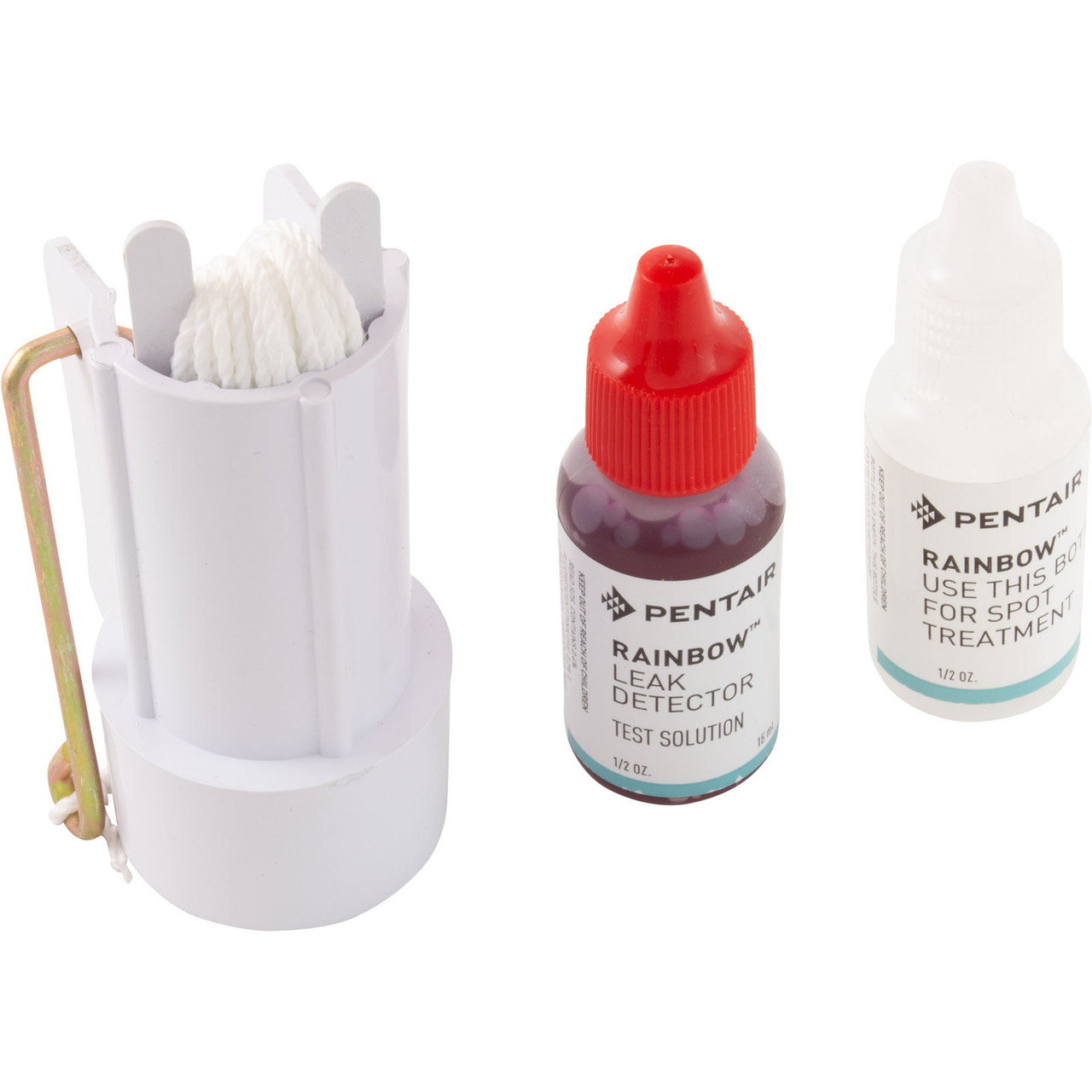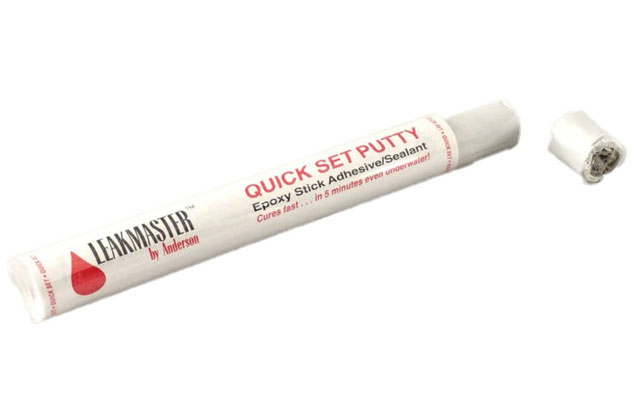A Comprehensive Guide Swimming Pool Leak Detection and Repair Procedure
Posted by Michael Hervas on Aug 21, 2024
Having a swimming pool at home is fun, and your family can get hours of relaxation and exercise. However, proper maintenance for most pool owners can be a struggle, especially when leaks occur. It can lead to significant water loss, higher water bills, and structural damage if not addressed immediately. In this comprehensive guide to swimming pool leak detection and repair, you will learn to keep your pool in tip-top shape.
Things You Need to Know About Swimming Pool Leaks
Before going into a deeper understanding of pool leak detection and repair, let us first discuss the basics of pool leaks. A swimming pool leak can take place in several parts of your pool. It can be in the plumbing, pool shell, or other equipment. When you know the source of the leak, it becomes easier to identify what approach to take for repair.
Different Types of Swimming Pool Leaks
- Plumbing Leaks: This type of leak is along the pipes that bring water to and from the swimming pool and is very difficult to detect.
- Structural Leaks: Leaks are caused by a crack, hole, or damage to the pool surface, which could be made of concrete, fiberglass, or vinyl.
- Equipment Leaks: A leak to the swimming pool equipment (i.e., pump, filter, heater, and skimmer). It is the easiest to detect as it is above the ground.
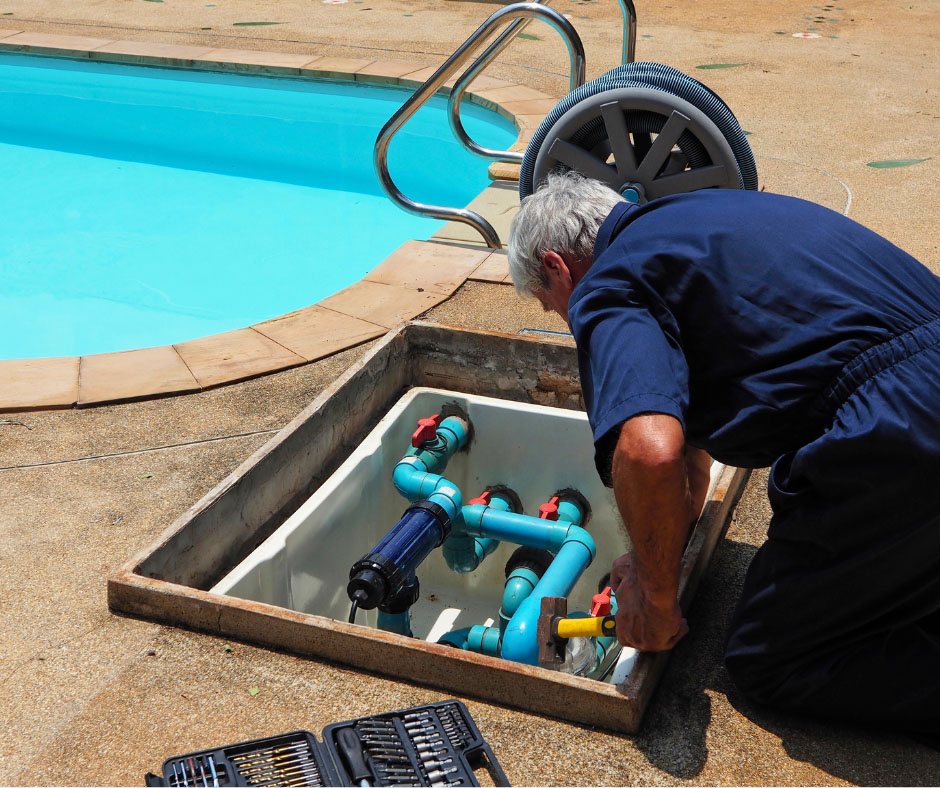
Before you suspect a leak, it is important to note that a swimming pool can also lose water from evaporation. Remember to consider this factor when doing pool leak detection. Repairs may not be necessary when water loss is due to evaporation.
Step-by-Step Guide for Detecting Swimming Pool Leaks
The process is typically straightforward if a pool owner knows where to look and how to test for a leak. Just follow the steps below:
Perform a Bucket Test to Distinguish Between Evaporation and Leaks
This test will let you determine if there is a leak or if you are losing water due to evaporation. Here are the steps to follow:
- Fill a bucket with water, keep the water up to an inch from the top. Mark the water level in the bucket with a tape or marker.
- Place the bucket on the steps of the pool. But if your pool doesn’t have any steps, you can use any plastic plant stand or stool bar. Place it in the pool and put the bucket on top of it. You can use PVC pipes instead to make a stool. Make sure to also mark the water level outside the bucket using a marker or tape.
- Make sure nobody will use the pool, and leave the bucket in place for 24 to 48 hours.
- If the water outside the bucket (pool waterline) drops more to a level lower than the water inside the bucket, then a leak is highly positive.
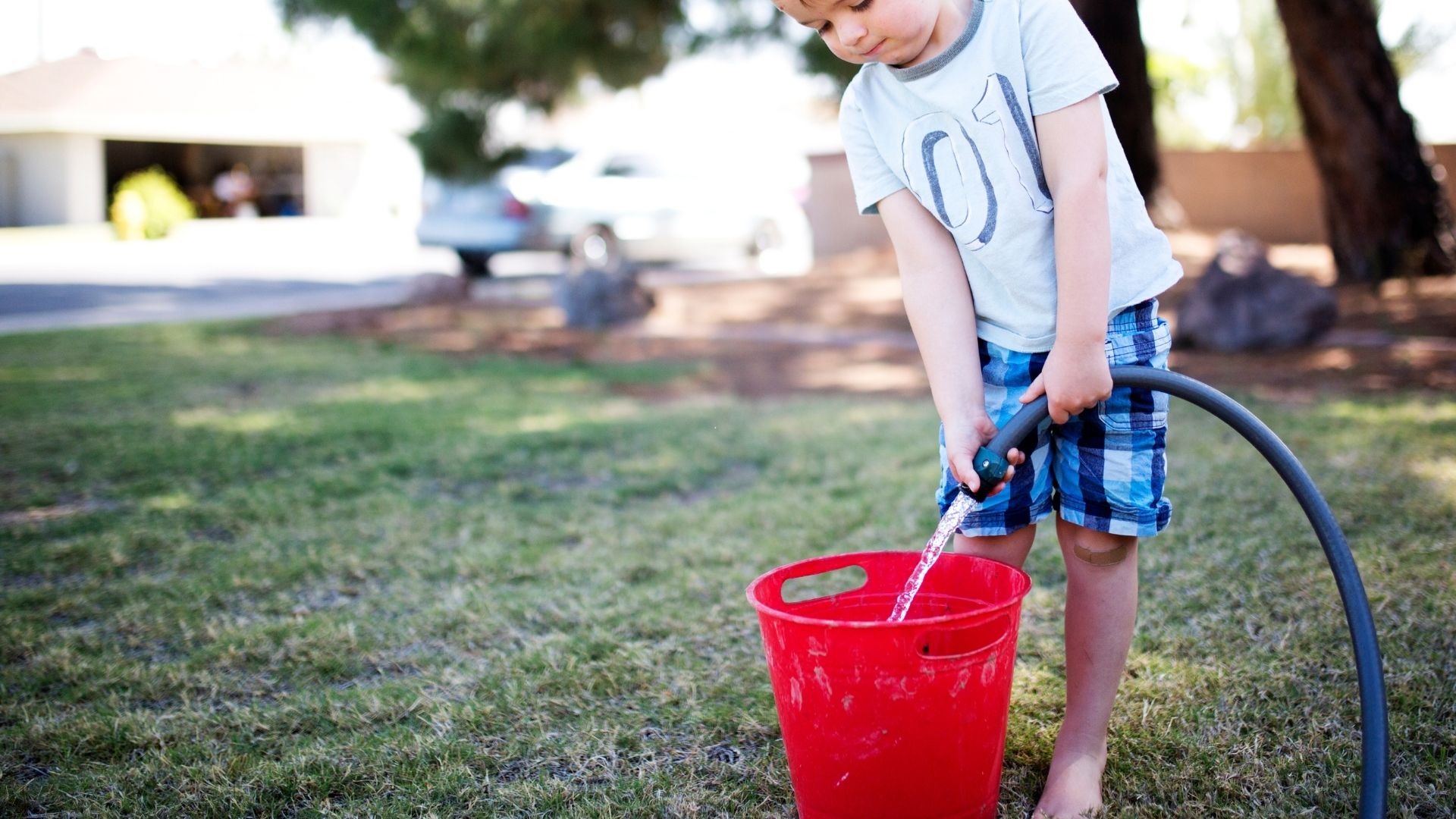
Start Inspecting Pool Equipment
After ruling out evaporation as a possible cause of water loss, check the pool equipment. Leaks in equipment are easy to detect, as they will involve noticeable water loss, and the equipment getting wet. The following must be checked:
- Pump and Filter: Check for any drips and water puddles around it, and examine connections and seals for wear and tear.
- Heater: Examine the presence of water in the base and check connections and valves for leakage.
- Skimmers and Returns: Inspect the skimmer box for cracks or water leaks. Examine the return jets and connections.
Perform a Dye Test to Locate Structural Leaks
Once all pool equipment has been tested for leaks and it comes out negative, a dye test can be performed to determine the leak's location in the pool shell.
- Turn off the pump and let the water be still before you use a dye leak detector.
- Add drops of dye or food coloring to the areas where you suspect a leak, such as cracks, seams, or near the fittings.
- If the dye moves toward a crack or opening, then that indicates a leak.
Check the Plumbing Line for Leaks
Plumbing line leaks are challenging as these pipes are usually buried and difficult to spot. However, some tests can be performed:
- Pressure tests can be performed by professionals to check for pressure drops that will indicate a leak.
- Listening devices can also be used by these professionals to detect the sound of water escaping from underground pipes.
- Manually perform spot checks around the yard to see which area might have an underground leaking pipe.
How to Repair Swimming Pool Leaks
After identifying the type of leak present in your pool, immediately plan on repairing it to stop water loss. The repair method will depend on the detected leak.
Repairing pool equipment leaks is straightforward and will often require replacing the damaged parts.
- Pump and Filter: Replace worn-out gaskets and seals in the pump and filter, and check that all connections are tightly sealed.
- Heater: Repair or replace leaking valves or connections. In a worst-case scenario, it may need to be replaced if the unit is old and damaged.
- Skimmers and Returns: An epoxy or waterproof sealant may be used to repair cracks in the skimmer box. However, if it is extensively damaged, a replacement may be needed. Fittings or connections in the returns may also need to be replaced.
When there is a structural leak, the material and method will also depend on the material of the pool structure.
- Concrete: Underwater epoxy and putty may be used for small cracks. Just apply it directly to the crack. For extensive cracks, the affected area may need to be re-plastered. Meanwhile, sealant injection may be needed for larger cracks and must be performed by a professional.
- Vinyl: Small tears and holes can be repaired with a vinyl patch kit. The kit comes with adhesive and patches that will be applied to the area. Old and extensively damaged liners must be replaced entirely.
- Fiberglass: Use a repair kit for fixing small cracks and holes. This will involve the application of resin and hardener to the damaged area. A professional repair will be needed if larger cracks or structural issues are involved.
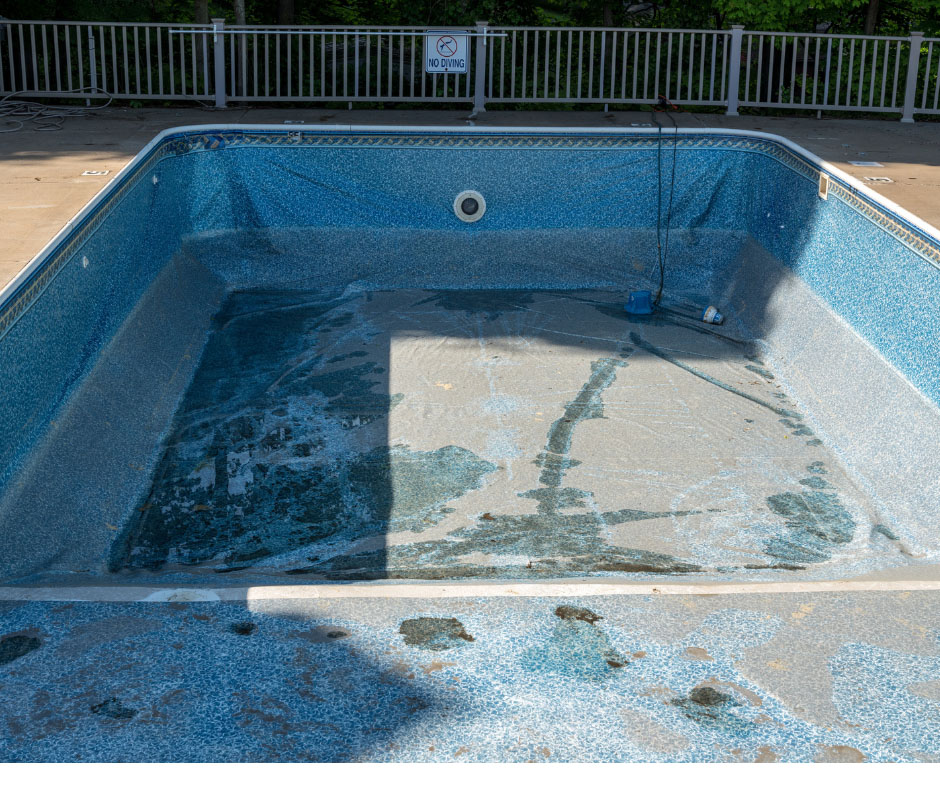
Plumbing leaks, if they are underground, are the most complicated to repair and may be addressed by:
- Pipe Replacement: When pipes are cracked or broken, they need to be excavated and replaced by a professional.
- Pipe Relining: There are cases when pipes can be repaired by relining instead of replacing them with a new one. This involves the process of inserting a new lining into the pipe to seal any leak.
- Sealant Injections: There are plumbing leaks that may be repaired with a sealant. It seals the leak from inside and also prevents future leaks.
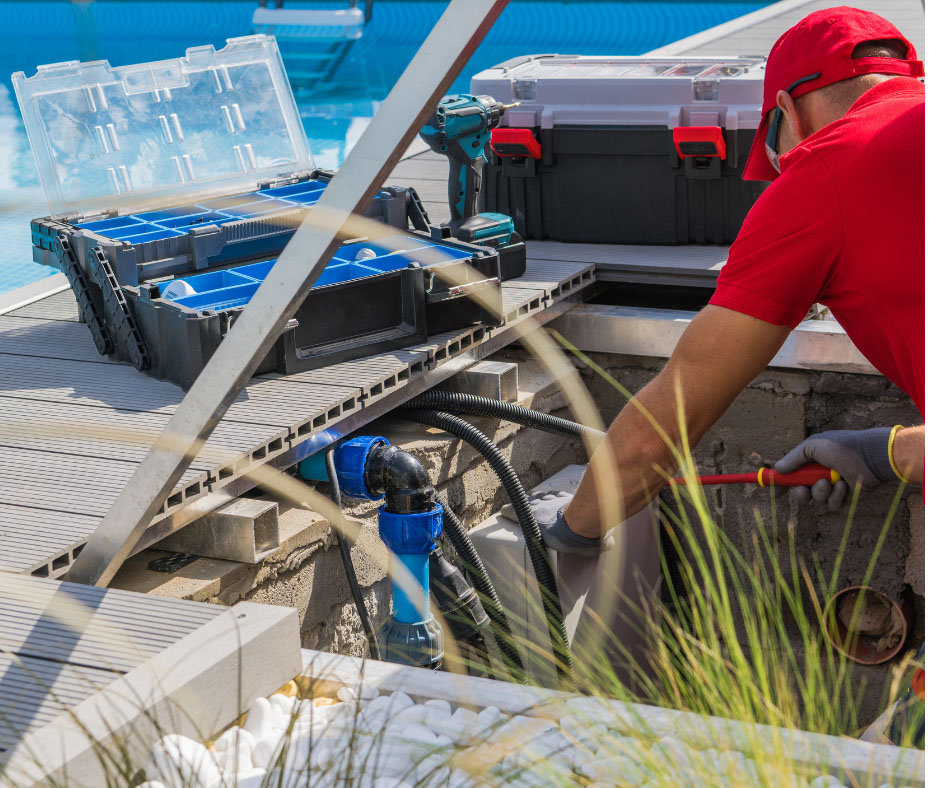
Swimming pool leak detection and repair can be frustrating for any pool owner. By understanding the types of leaks and following the guide outlined, along with taking preventive measures, pool owners can effectively detect and repair leaks.

